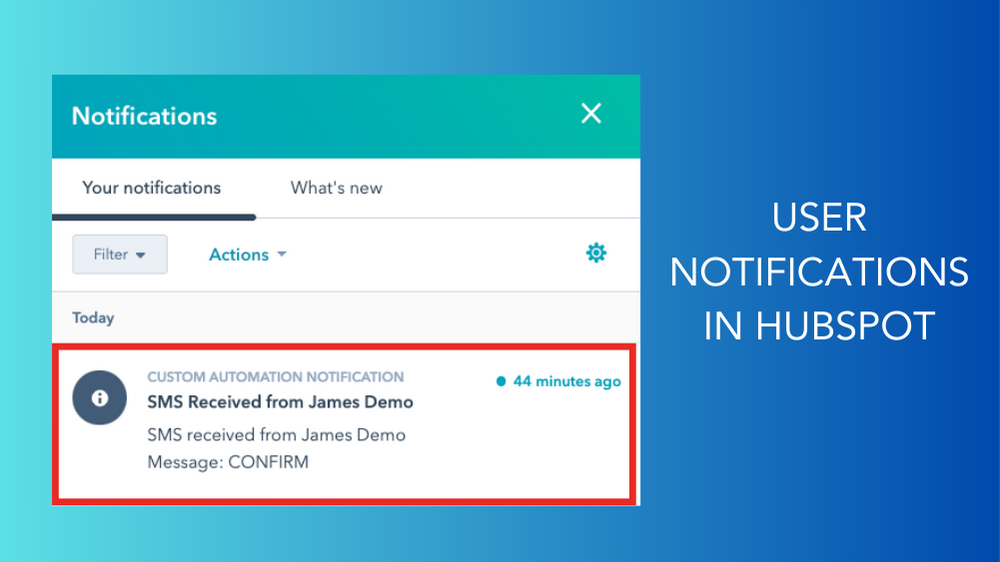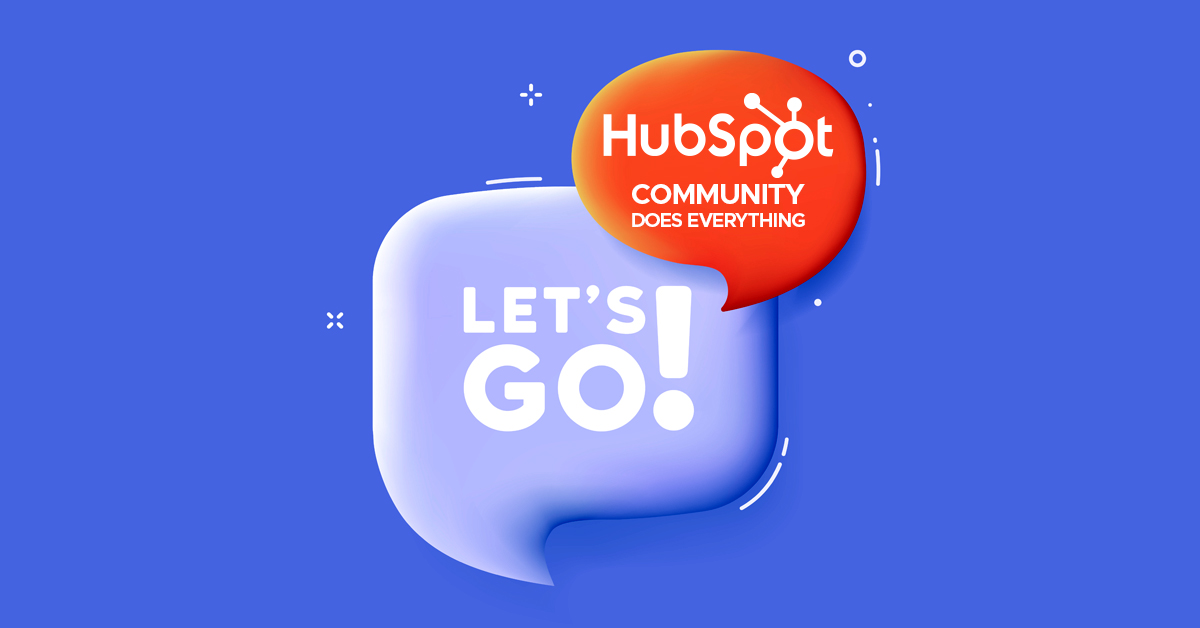Cold leads. Warm leads. Hot leads. What have you missed?
August 10, 2021

An enquiry is made on your website. Or a customer shows signs of interest during a call. There’s an internal process to define where attention should be paid. Here’s the thing. If there is no response after a few calls, or emails remain unopened, a lead is classified as ‘cold’.
Any prospect who has heard about the company is a huge step forward. The way to deal with ‘cold’ prospects is not to ignore them. It’s to keep the interest burning on a low flame until they can move to warm and then hot.
This is precisely where having a HubSpot CRM make a huge difference. It helps capture points of interest, conversations and small details to make a big difference later. Possibly when a prospect makes an enquiry about one product from the catalog and then never comes back.
That’s the starting point for the CRM. Find out all the other products the prospect may find interesting and add that to the CRM fields. If this is done for every enquiry on a daily basis, it provides a strong starting point for targeting.
"In a business where sales cycles are long and infrequent, find ways to stay in touch with all prospects, even cold"
Never waste a contact who has shown interest
Small companies have limited resources. So, they spend time on the customers they think have the most potential. But customers are smart. They check several other competitors before making a decision. And in most cases, buy from the companies they trust. Not necessarily the ones with the lowest price.
The way to increase trust is to provide value consistently without expecting an immediate payoff. The question is how. That’s where content comes into the picture. And communication.
What you need is a way to keep in touch with every single customer over years. Remind them of your existence at least once every month. Not every day! That’s a tall order for most companies, even mid-sized ones. With HubSpot’s CRM, it becomes easy once you set things up.
The quicker you organize customer contacts and keep in touch with them on a regular basis, the better conversions that happen over time.
When it’s not easy to stay in touch, automate!
Here’s a real-life example. A lead generation campaign targeting project management certification prospects was run for nearly 10 years. The leads generated were provided to companies which ran preparatory courses. And they were willing to pay for leads that were a year or even a couple of years old!
They knew people looking to qualify constantly changed their mind depending on career pressures and their priorities. So, keeping in touch regularly helped to nudge them into taking up the prep course. They knew the prospect was interested – and that simple insight was enough to ensure that the prospect was pursued for years.
It’s the same in every business. Maybe the prospect did not buy from you this time, but they could in future. The job is to keep reminding them about product or solution availability without dedicating huge resources to them.
That’s when marketing automation comes into the picture and helps convert several future prospects. What does it take to send out a personalised email or newsletters to a list of prospects? A decent design, information that they will value and consistency. All of which can be managed with HubSpot’s CRM.
"Use automation to drive constant contact. As long as you provide value, customers won’t mind"
Why does Coca Cola spends millions of dollars on outdoor media?
Coca Cola does not want anyone who feels thirsty to forget that a cold bottle or can of Coke is available whenever required. They ensure that you are reminded of the product several times a day. But Coke has a customer base of hundreds of millions – and it can’t reach out to them personally. So, outdoor media, in addition to social and TV performs that role.
You need prospects to see you at least once or twice a month. And it should not be a product catalog or email saying that you’re offering a big discount. Customers will think you’re desperate.
One more example. Wise is one of the largest companies in the money transfer business worldwide. They have custom sites catering to the country customers login from. The regulations related to that country and the process makes it easy to understand. Now, some customers may use the service on a regular basis while others may need it just a few times a year. Either way, Wise creates content for every kind of customer and situation. Giving them a huge lead in search engines. Any other company trying to enter this space will have a tough time being found, not to speak of matching the rates Wise seems to have worked out.
Out of touch is out of mind
Sales pipeline focusing solely on ‘hot’ prospects miss the point. May be sales people don’t need to spend any time on warm or cold prospects but they should be cultivated.
And HubSpot’s CRM is one of the best ways to manage automation, once the details are available. If content generation and design are one of the problems to be solved, we can help with that as well.
Build this system in parallel to what you already have going. There’s no need to change any of the existing lead generation efforts. Let’s conclude with a simple calculation. Assume you generate 500 leads a month and the conversion rate is 10%, which is great.
Now build a way to stay in touch with the remaining 90% and at the end of one year, you would have worked towards building a layer of trust with over 5000 companies.
Even if 10% of this base converts, the cost of generating the additional business would be a fraction of your overall marketing budget.
Worth thinking about, right?

Venu Gopal Nair
Advertising and Branding Specialist, CEO - Ideascape Communications, A professional journey through the tumultuous years of advertising and communication, starting in 1984. Started out in the age of print, saw the changes with the entry of satellite TV and the momentous transition to digital. Advertising and branding today is vastly different from its practices in the 20th century and the last two decades have seen dramatic changes with smartphone domination. As a Creative Director turned CEO, making the transition personally and professionally has been a tremendous experience.
Related Articles

October 19, 2023

January 12, 2022



